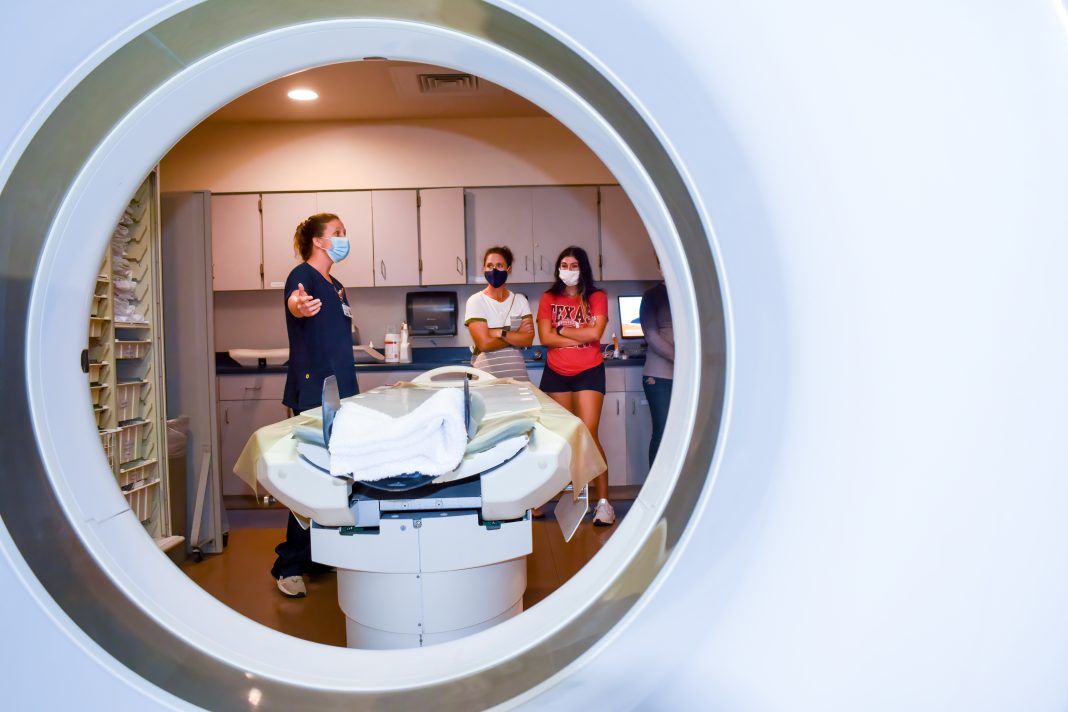In the beginning of the video, the teens were relaxed, happy and chatting freely about their cell phone habits. They admitted to being addicted to their phones, constantly checking for new texts, the latest Instagram post or TikTok video. Even, they said, when they’re behind the wheel of their cars.
At the end of the video, the same kids looked stricken, their faces pale, tears streaking down their cheeks.
They’d just met a 20-something-year-old woman, her gait slow, one side of her face slightly twisted.
She shared with them her story. One night, coming home from her college graduation with her parents, she’d been in an accident. Another driver, texting, caused a chain collision accident. Her parents were killed. She was critically injured and remains partially paralyzed on one side of her body.
Grief-stricken, guilt-ridden, each of the teens hugged the woman. Apologized. Swore they’d never text again.
When Medical Center Hospital registered nurse Sirena Watts hit the pause button on the video Aug. 20, sniffles could be heard around the room and several eyes were being wiped.
That’s just what Watts was hoping for.
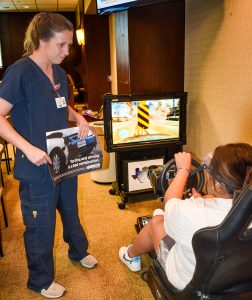
KEY
Watts is the trauma outreach and injury prevention coordinator for MCH. Since December, she and a couple of partners have been periodically hosting Knowledge Empowers Youth Drivers Education Program at the hospital. Every six weeks or so, teenagers 14-18 are invited to participate in a six-hour program with their parents that is designed to help them make better choices when getting behind the wheel of a car.
The class moves quickly with a mix of funny and sad public service announcements, dash cam videos, eye-opening statistics, local news accounts and includes a tour of the hospital’s emergency room, trauma rooms, imaging center and morgue. They also hear from nurses, Odessa Fire Rescue personnel, law enforcement officers and the mothers of two young men, both innocent victims in alcohol-related crashes.
The top reasons for trips to the emergency room include trauma, falls and motor vehicle crashes and hospital officials decided they wanted to create programs that could help lower those numbers, Watts said.
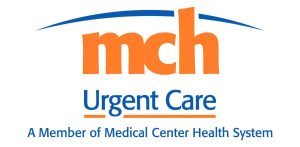
When Baylor Scott & White Health eliminated their injury prevention program due to COVID-19, hospital officials decided to put together their own program, she said.
Watts teamed up with Gina Galindo of the Texas Department of Transportation and together they put together the class, taking pains to keep the teenagers interested.
At the beginning of the class on Aug. 20, Watts told those in attendance they’d just entered into a “non-judgmental zone” and encouraged them to ask questions and share their stories at any time. She also had the teens and parents sign confidentiality agreements to protect the privacy of the patients they saw and of the victims they learned about.
Watts said she and Galindo go out of their way to talk about local tragedies in the hopes they’ll strike a little closer to home emotionally. Local law enforcement officers also often give them crash scene photos to share that are particularly dreadful.
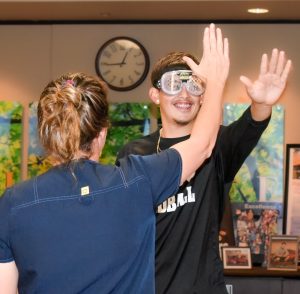
MAKING CHOICES
Watts told the group the last time zero fatal crashes took place on Texas roads was Nov. 7, 2000.
Throughout the entire course, Watts drilled home the fact there are things people can do to avoid getting into a crash. She told them she prefers the word “crash” to “accident” because “accidents” typically can’t be avoided, crashes can.
They can put down their phones, make the decision to not drive while under the influence of alcohol or drugs, get a proper amount of sleep and avoid being distracted by the radio and passengers, Watts said. To avoid serious injuries, she said, they can wear their seatbelts.
Watts reiterated each point with the PSAs, videos, statistics and live speakers, including Bryn Dodd, who lost her son, Evan Hill, to a drunk driver in September 2020 and Janie Villanueva, who lost her son, Miguel Saenz, 19, under similar circumstances in May 2017.
Villanueva spoke about her son’s dreams, learning about the crash and the hole his absence has left in his family’s hearts. Speaking through tears, she pleaded with the group to make the right choices as they go through life.
“This is something you don’t want to put your family through guys,” Villanueva said.
Nearly 4,500 people were killed on Texas roads in 2021 and despite that huge number, it doesn’t make the news because it’s incremental, Watts said.
Those numbers can go down, she said, if drivers made a commitment to practice safe driving skills.
“Really, it’s a choice. When you leave here today are you going to be a safe driver? It’s about making that choice and sticking to it,” she said.
Illustrating the need for seat belts, Watts shared videos with the group showing what happens when unrestrained drivers are in accidents, both internally and externally.
Watts also talked about properly adjusting side-view mirrors, seat belts, headrests and seats and then launched into risky behaviors, such as speeding, texting and drinking and driving. She pointed out that studies have shown teenagers are 2 1/2 times more likely to engage in risky behavior if they’ve got one peer in the car and 15 1/2 times more likely to take risks if there’s two or more peers in their cars.
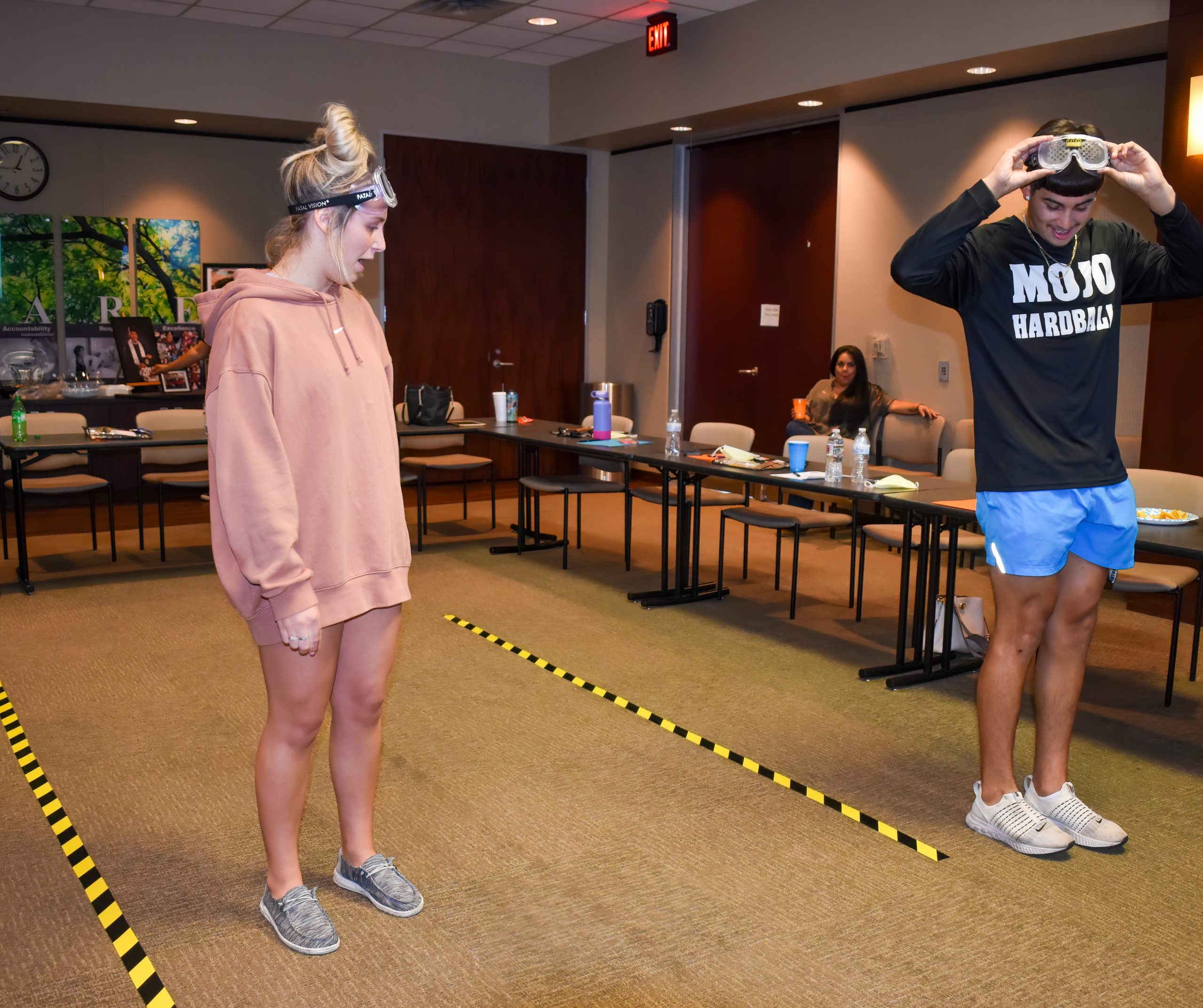
FUN LESSONS
After taking a somber tour of various parts of the hospital, the teens got to play some fun, but enlightening games. They put on goggles designed to simulate being drunk to try to walk a line and drive a simulator machine.
“I felt dizzy most of the time and I thought I was going really good when I was actually doing terrible,” Kailyn Pierce, 18, said after walking with the goggles on.
David Ramos, 17, said the experience was really eye-opening.
Pierce admitted to crying at different points throughout the day.
“Hearing these peoples’ stories and watching the videos…I don’t want to do that to someone else or have someone else do that to me,” Pierce said.
POSITIVE REACTIONS
Rebecca Grisham has been offering community service credits to Teen Court participants who go through the program since its inception. The Teen Court executive director said most Teen Court kids are those who have gotten in trouble for Class C misdemeanors like traffic offenses or minor in possession of alcohol.
She loves the program and has helped Watts and Galindo tweak it here and there based on evaluation forms provided to the teens and their parents after the class.
“They do give us, for the most part, very positive feedback, especially from the parents. They really do feel like all kids need to go to that class or some version of that class before they start driving. It’s just more extensive than what they see or hear before they get their driver’s license,” Grisham said. “It really kind of drives home some of the really important parts of why we don’t want them to make some of these mistakes and some of these poor choices while they’re driving because they really do have huge, huge consequences. And (the lessons are) not just for the teenagers, you know, these are choices that all drivers need to make. So we’re not just picking on the teenagers.”
The class gets high marks because of Watts and Galindo, Grisham said.
“I think they’ve done a great job. They’ve picked a wide variety of videos. They’ve got some that make you laugh a little bit and then they’ve got some that are very eye opening, especially the one of teenagers that know that they’re being videoed inside their car and they still are on the phone and they drive off the road,” Grisham said. “I think they’ve done a really great job of finding videos that really grabbed the attention of the teenagers.”
As many times as they’ve put on the program, Watts and Grisham said they still cry when Villanueva and Dodd speak.
“It is very heartbreaking to hear the mothers come and speak about the very avoidable choices that have been made that have affected their families,” Grisham said. “We’re very thankful that they come and speak to our children and their parents about the events that have happened to their sons and they hope that it will make our children listen and that will stick with them so that they do realize that there is a real consequence there.”
Asked which parts the teens most enjoy, Grisham said it depends upon the kid.
“Some of them like the tour better. Some of them like the speakers, and some of them enjoy doing the games, the goggles and the driving. Some of them say the lunch is their favorite part,” Grisham said.
Other kids like that the tour gives them an idea of possible career paths, Grisham and Watts said.
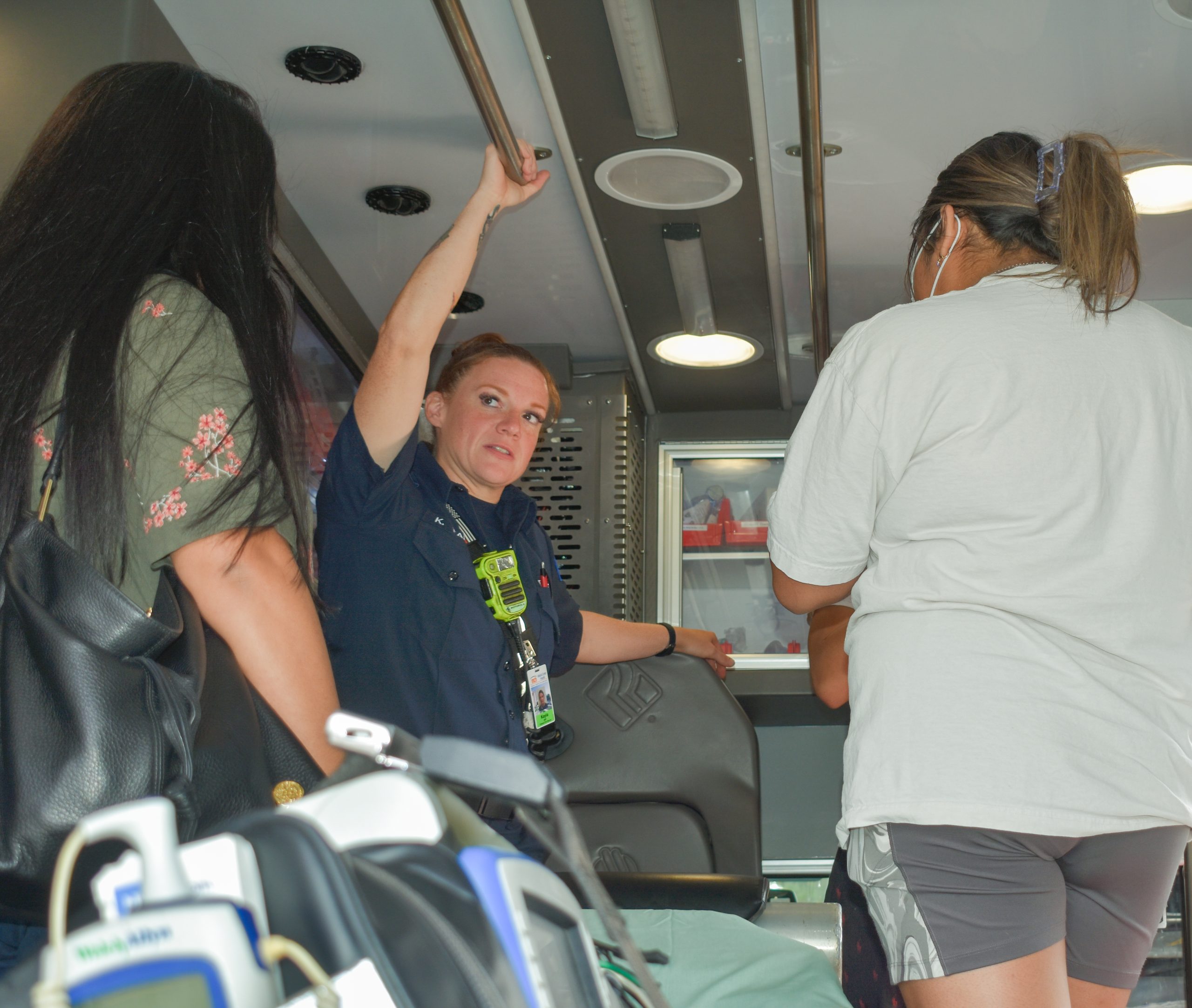
IMPACT
One of the things Watts said she’s learned over the months is she shouldn’t assume quiet teenagers and parents aren’t getting the message.
She recalled one student who answered questions when prodded, but was quiet and standoffish otherwise.
“But at the end of the day, he just came to us and he was so thankful and he was like, ‘Why aren’t you guys getting this class out there more? I think it’s needed,’” Watts said. “It just really kind of blew my mind… and sometimes parents will randomly cry and it just makes a difference, I think, for sure.”
While most of the kids who have gone through the program have been Teen Court kids, Watts and Grisham said it’s open to any teen 14-18, as long as the minors bring a parent.
Too many times parents and teens just don’t talk about making good choices, Grisham said.
“Sometimes the parents don’t know how to start those conversations or they think (a tragedy) is not going to happen. We all want to think that our kids are not going to make those choices. And sometimes we think, ‘We will have that conversation later,’” Grisham said.
This program can change that, she said.
“I’m hoping that we make a difference with our teenagers. I’m hoping that we make them uncomfortable and I’m hoping we make their parents a little uncomfortable. We would rather make them have some difficult conversations now as a family and make a positive change now rather than having to have tragedy happened later,” Grisham said.
Interested?
If you and your teenager are interested in participating in the Knowledge Empowers Youth Drivers Education Program, email Sirena Watts at [email protected] or call her at 432-640-2724.

